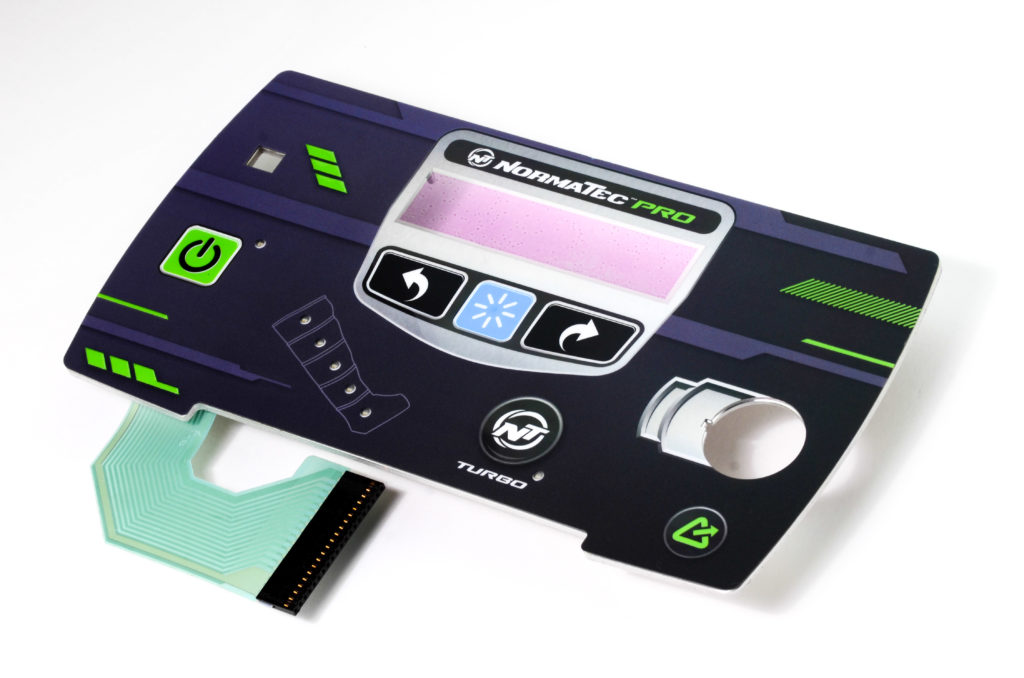
Membrane switches have become a popular alternative to mechanical switches. All types of switches are designed to control a circuit. While mechanical switches feature moving parts, though, membrane switches do not. Rather, membrane switches feature a panel that covers the circuit. For a better understanding of the different types of membrane switch panels, keep reading.
What Is a Membrane Switch Panel?
A membrane switch panel is a flat layer of material that covers the circuit. It’s the top layer of a typical membrane switch. Membrane switches have a circuit and a panel. The panel is simply the layer of material that’s installed over the circuit.
When you press the button on a membrane switch, the panel will touch the conductive ink or paths on the circuit, resulting in the circuit opening or closing. By default, the panel won’t touch the circuit. The panel is separated from the circuit by a spacer layer of air. The panel will only touch the circuit in response to pressing the button.
The Types of Membrane Switch Panels
You can find membrane switch panels made of different materials. Some of them are made of plastic, for instance. Plastic injection molding is commonly used to make membrane switch panels. It’s a manufacturing process that involves forcing or injecting heated plastic into a mold cavity. Assuming the mold cavity features the appropriate size and shape, plastic injection molding can be used to make membrane switch panels.
In addition to plastic, membrane switch panels are available in various types of metals. Aluminum, for instance, is a common material in which membrane switch panels are made. Aluminum is lightweight, durable and resistant to corrosion. Membrane switch panels made of aluminum share these same properties.
Some membrane switch panels are made of the same material as the circuits with which they are used. If a membrane switch features a Printed Circuit Board (PCB), it may feature a panel consisting of this same PCB material. Along with plastic and aluminum, PCB material is commonly used to make membrane switch panels.
In Conclusion
Membrane switches may not have moving parts like mechanical switches, but they still consist of several parts. They have a circuit on the bottom and a panel on the top. The panel is the top layer of material that covers the circuit. Some of the different types of membrane switch panels include plastic, metal and PCB.
